Introduction
Chaozhou clay pot congee, a beloved staple of Chinese cuisine, embodies the essence of comfort and culinary tradition. Hailing from the Chaoshan region of Guangdong Province, this dish is celebrated for its silky texture, delicate flavors, and nourishing qualities. Unlike ordinary rice porridge, Chaozhou-style congee is meticulously prepared in a clay pot, a cooking vessel that imparts a unique earthy aroma and retains heat exceptionally well. The result is a creamy, soul-warming bowl that balances simplicity with depth, making it a favorite for breakfast, dinner, or late-night snacks.
This article delves into the intricacies of crafting authentic Chaozhou clay pot congee, from selecting the finest ingredients to mastering the slow-cooking technique. Whether you are a novice cook or a seasoned home chef, this guide will equip you with the knowledge to recreate this timeless dish in your kitchen. We will explore the cultural significance of congee, the science behind clay pot cooking, and the art of layering flavors to achieve harmony in every spoonful.
The Essence of Chaozhou Clay Pot Congee
At its core, Chaozhou congee is a testament to minimalism and patience. The dish typically features a base of fragrant rice simmered for hours until the grains disintegrate into a velvety broth. What elevates it are the carefully chosen accompaniments—tender meats, fresh seafood, or aromatic vegetables—each added at precise moments to preserve their texture and flavor. The clay pot, or sha guo, plays a pivotal role, distributing heat gently and evenly to coax out the natural sweetness of the ingredients without scorching.
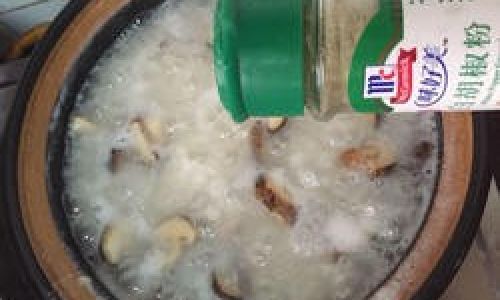
Beyond its culinary appeal, congee holds cultural importance as a symbol of nourishment and togetherness. In Chaozhou households, it is often shared among family members, with each person customizing their bowl with garnishes like crispy fried dough, pickled vegetables, or a drizzle of sesame oil. This communal aspect underscores the dish’s role in fostering connection and comfort.
Ingredients: Building Blocks of Flavor
Creating exceptional Chaozhou congee begins with sourcing high-quality ingredients. While the recipe is adaptable, authenticity hinges on fresh, premium components. Below is a breakdown of essential and optional ingredients, along with their roles:
- Rice: Opt for short-grain rice, such as jasmine or sushi rice, for its sticky texture and aromatic profile. Some cooks prefer a 50-50 blend of rice and glutinous rice for added creaminess.
- Proteins:
- Poultry: Chicken thighs or wings, skin-on for richness.
- Seafood: Shrimp, crab, or fish fillets (e.g., grouper or snapper).
- Pork: Slivered pork belly or minced pork for savory depth.
- Aromatics: Fresh ginger (peeled and julienned), garlic, and scallions.
- Broth: Homemade chicken or fish stock amplifies flavor, though water suffices in a pinch.
- Seasonings: Light soy sauce, white pepper, sesame oil, and a pinch of salt.
- Garnishes: Fried shallots, coriander, chopped peanuts, and chili oil for customization.
Equipment: The Clay Pot Advantage
The clay pot is non-negotiable for authentic Chaozhou congee. Its porous structure allows slow, even heat distribution, creating a convection effect that gently breaks down rice grains without burning. Modern alternatives like enameled cast iron pots can mimic this effect but lack the clay’s subtle mineral undertones.
Step-by-Step Preparation
Soaking and Preparing the Rice
- Rinse 1 cup of rice under cold water until the liquid runs clear. Soak for 30 minutes to soften the grains, reducing cooking time and enhancing creaminess.
- Optional: Toast the rice in a dry pan until golden to impart a nutty aroma.
Preparing the Clay Pot
- Soak the clay pot in water for 15 minutes before use to prevent cracking.
- Drain and place it on the stove over medium-low heat. Add 1 tablespoon of cooking oil (peanut or vegetable) and swirl to coat the base.
Sautéing Aromatics
- Add 2 tablespoons of minced ginger and 1 tablespoon of garlic to the pot. Sauté until fragrant (1-2 minutes), being careful not to burn.
Building the Broth
- Pour in 8 cups of chicken stock or water. Increase heat to bring to a simmer.
- Stir in the soaked rice and a pinch of salt. Maintain a gentle simmer, stirring occasionally to prevent sticking.
Slow-Cooking the Congee
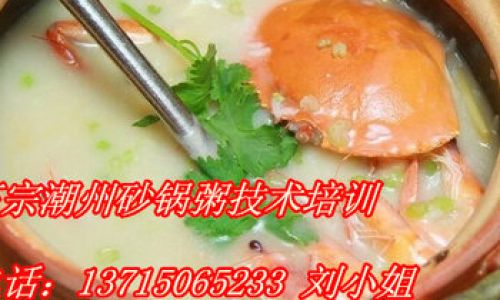
- Reduce heat to low and cover the pot. Simmer for 1.5–2 hours, stirring every 10–15 minutes. The congee is ready when the rice grains have dissolved, and the mixture resembles thick cream.
- Tip: For a rustic texture, leave some whole grains intact.
Adding Proteins and Vegetables
- 30 minutes before serving: Add 8 oz of chicken or pork. Simmer until cooked through.
- 10 minutes before serving: Toss in 8 oz of seafood (e.g., shrimp or fish) and 1 cup of chopped vegetables (e.g., bok choy or mushrooms).
Seasoning and Finishing
- Stir in 1 tablespoon of light soy sauce, a dash of white pepper, and a drizzle of sesame oil.
- Taste and adjust seasoning. The congee should be savory with a hint of ginger’s warmth.
Serving Ritual
- Ladle the congee into bowls. Top with garnishes like fried shallots, coriander, and chili oil.
- Serve alongside crispy youtiao (Chinese fried dough) or tea eggs for a complete meal.
Expert Tips for Perfection
- Clay Pot Care: Avoid sudden temperature changes. Always soak before first use and never scrub with abrasive tools.
- Consistency Control: For thinner congee, add more broth; for thicker, simmer uncovered for 15 minutes.
- Flavor Layering: Introduce ingredients in stages—hearty proteins first, delicate seafood last—to preserve their textures.
- Leftovers: Congee thickens as it cools. Reheat with a splash of water or stock to revive its creaminess.
Variations and Customizations
- Vegetarian Twist: Substitute meat with diced tofu and shitake mushrooms. Enhance with kombu dashi for umami.
- Spicy Sichuan-Style: Add doubanjiang (chili bean paste) and Sichuan peppercorns during cooking.
- Luxury Edition: Incorporate abalone, crab roe, or dried scallops for a festive touch.
The Cultural Tapestry of Congee
Chaozhou clay pot congee is more than sustenance—it’s a cultural artifact. Historically, it was a peasant dish made with humble ingredients, yet its adaptability allowed it to grace imperial tables. Today, it remains a canvas for creativity, with each region and family adding unique flourishes. In Chaozhou, congee stalls dot streets at dawn, offering steaming bowls to laborers and foodies alike.
Conclusion
Crafting Chaozhou clay pot congee is an act of mindfulness—a dance of fire, time, and ingredients that rewards patience. Whether you seek to reconnect with tradition or explore Asian cuisine, this dish invites you to slow down and savor life’s simple pleasures. With practice, you’ll master the balance of flavors and textures that make this congee a timeless masterpiece. So, gather your ingredients, ignite the stove, and embark on a culinary journey that spans centuries and continents. Your spoon awaits.
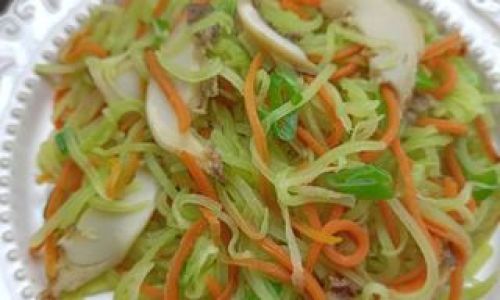
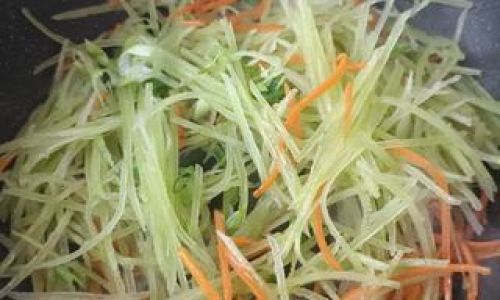
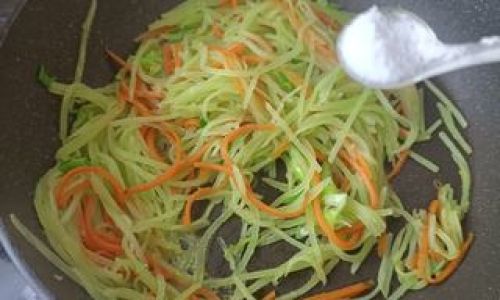
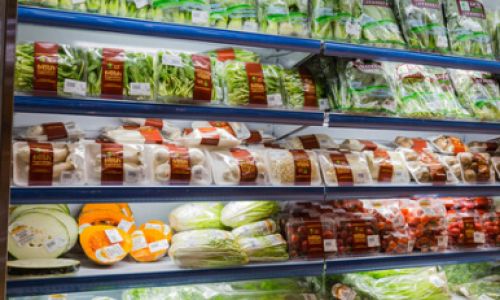


0 comments